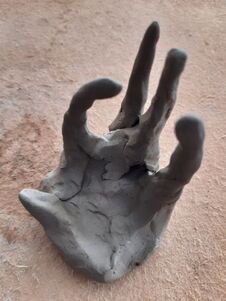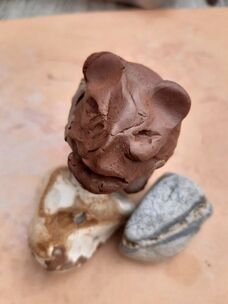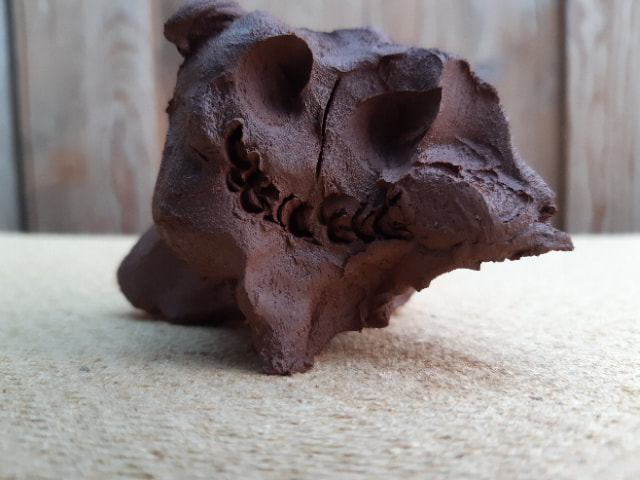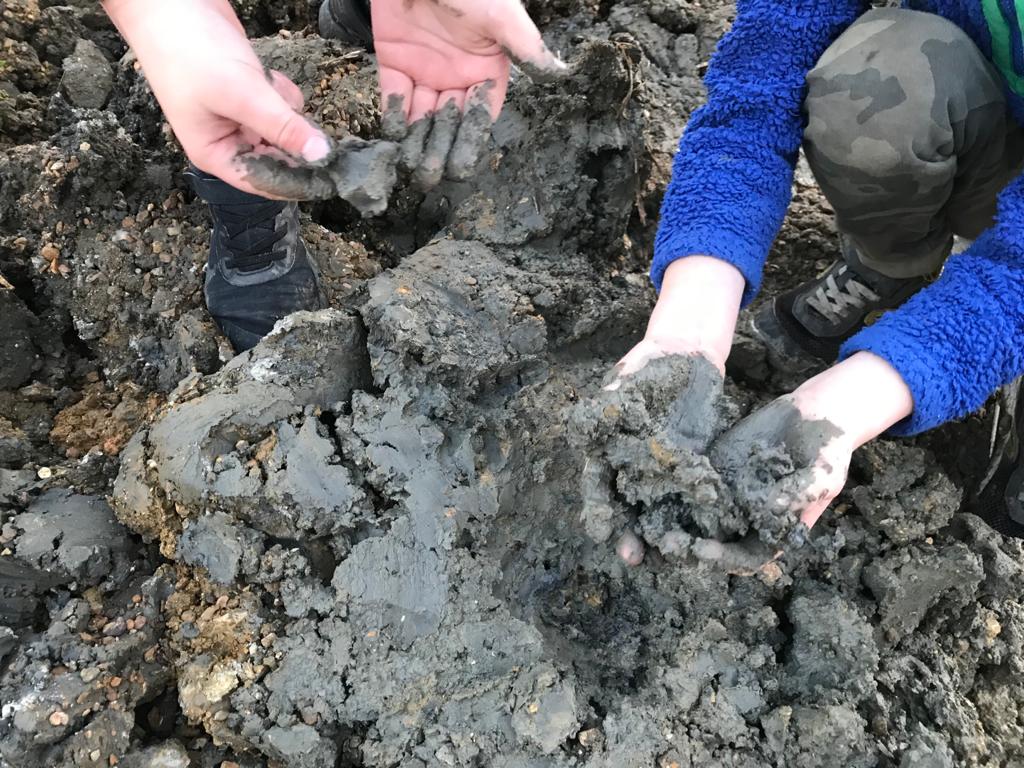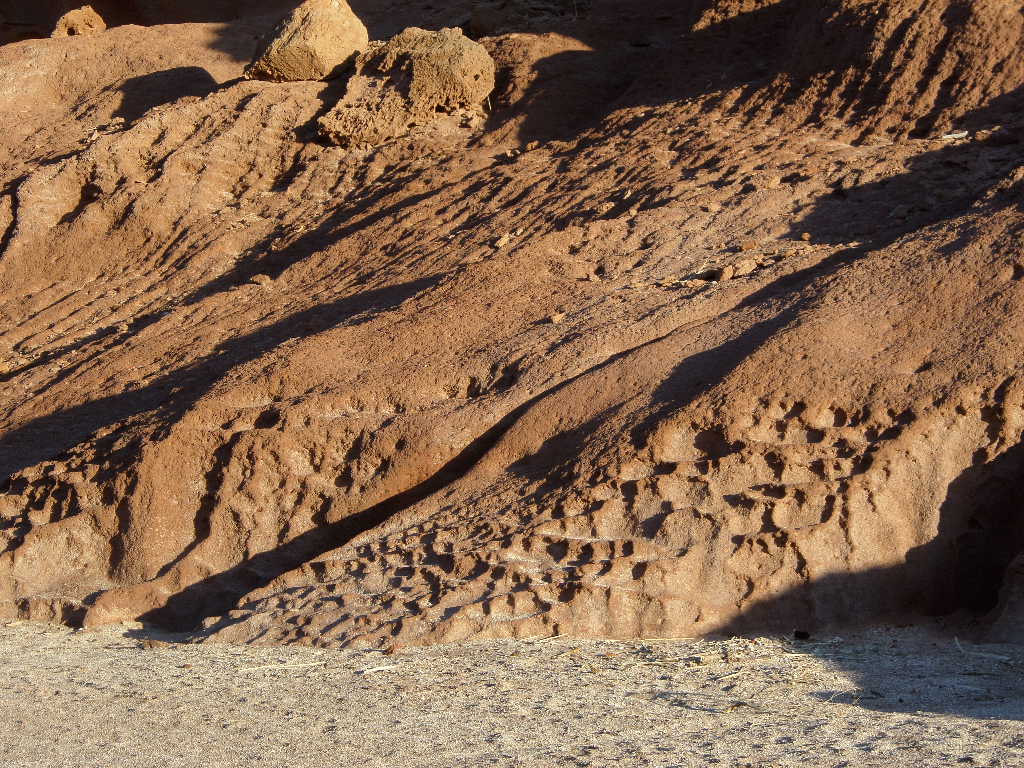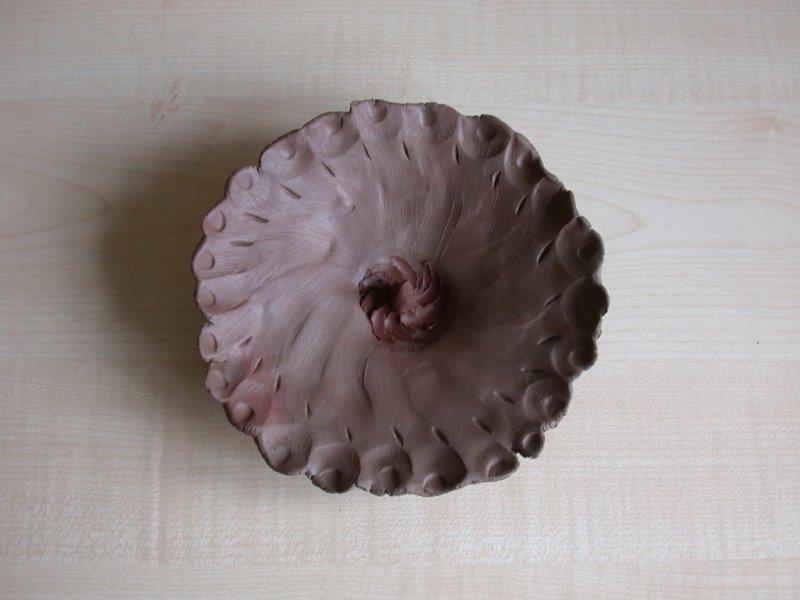|
Introducing Clay Therapy |
Clay Therapy is a form of active psychotherapy where unidentified and unexpressed feelings and emotions become visible through physical manipulation of clay. Working with clay in therapy is potentially both powerful and profound because worries that previously have caused inner concern or turmoil are given shape and form in the outer world. When problems can be seen it is easier to share difficulties by talking them through with a qualified practitioner in a safe environment.
Clay Therapy enables communication when problems are hard to put into words. This makes it a universal language for fostering emotional intelligence and is especially helpful when working with issues such as anger, bereavement, loss, attachment, separation, harassment, bullying, sexual identity, transgender issues, shame, and guilt.
Clay Therapy enables communication when problems are hard to put into words. This makes it a universal language for fostering emotional intelligence and is especially helpful when working with issues such as anger, bereavement, loss, attachment, separation, harassment, bullying, sexual identity, transgender issues, shame, and guilt.
|
How Clay Therapy Works |
In a safe space, when a respectful working relationship has been created the qualified therapist invites the client to work freely with a lump or block of clay creating whatever takes shape. When talking is not required the fingers and hands, wrists, elbows or maybe feet make contact with the medium by simply holding, smoothing, squeezing, squashing, bashing or using some other action. This touching of earth in the form of clay frequently initiates right and left brain communication whereby forgotten ideas and buried experiences and memories are activated bringing them more into consciousness. Most people find touching clay is a pleasant experience and since no specific prior skills or knowledge are needed it is rare that a client experiences failure in being able to work with the medium. |
Who benefits from Clay Therapy |
Clay Therapists use clay to work with all age groups from three upwards. Children and adolescents engage with clay in a purposeful way helping them to release feelings and they rarely worry about making a mess.
Individual adults, couples and groups find that once clay has been touched by them in a therapy session an outlet for expression has been activated. Clay is particularly useful for people from different cultural backgrounds. Likewise children, adolescents and adults with learning or physical disabilities are able to access Clay Therapy. |


